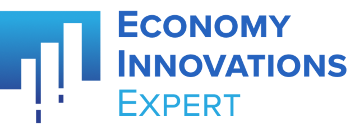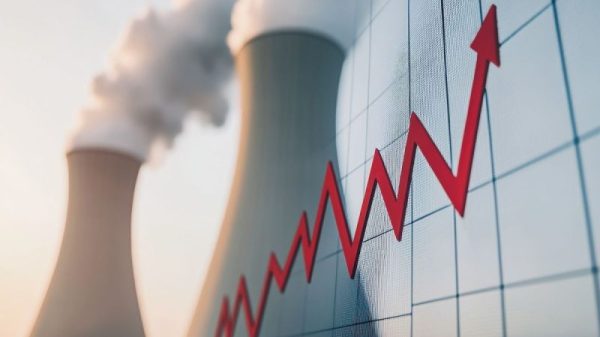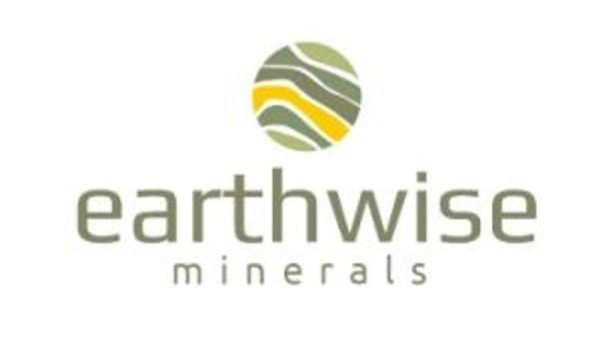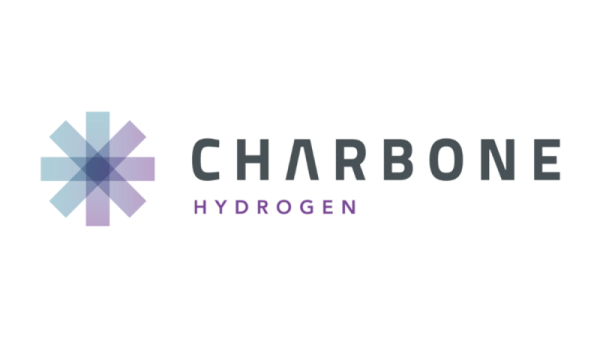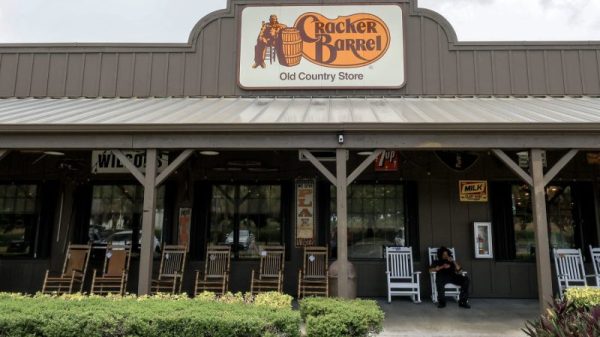Entrepreneurs are transforming the way society makes and distributes valuable things. There will be (and already are) important consequences for the way we work and live. The good news is that we’ll need a lot less costly packaging, manufacturing, supply chain, and transport expenditures. The bad news is that folks who once manufactured, made packaging, or distributed and transported products are going to have to find something else to do.
Much of my work lately, on the sharing economy, on the platform economy, and on antitrust policy, has focused on a particular distinction that almost no one seems to understand. I am going to explain the distinction as simply as I can, and then turn to a recent conversation that made light bulbs go on in my head.
Forklifts and Microphones
The distinction I’m referring to is between what Ed Leamer (2007) called “forklift” technologies, and “microphone” technologies. Traditional manufacturing is highly productive, and machines make it more productive. One person with a forklift can do the work of dozens of people carrying things on their backs. Still, given the current technology, increases in output require more- or-less-linear increases in labor. If a lumberyard wants to double the amount of bundled timber it handles per day, it has to double the number of forklifts, and the number of forklift operators. These “good jobs” seem to be the gold standard of Progressive politicians, who constantly reminisce about the good old days when jobs were about making physical things using big strong tools.
A microphone is also productive, in the sense that it records, and either amplifies or transmits the data it captures. A microphone in a theater can reach 100 people; a microphone on a television set, a music studio, or political event can reach 100 million people. The digital recording of the data, whether characters, sound, or video, can be stored and used again as if it were brand new. The problem, and the great benefit, of microphone-type technologies is that doubling the “amount” of the product requires no more than burning a CD, or transmitting digital information over wires or 5G connections. Once the data are produced and recorded, the marginal cost of increasing the audience is very nearly zero.
So, forklifts are very nearly linear, and microphones “want” to be giants, with costs so low that forklift technologies cannot compete. Consider classical music: putting together a small chamber orchestra is expensive and requires an acoustically sophisticated venue. Serving twice as many people, in towns 100 miles apart, would require two chamber orchestras and two venues. Ten towns would require ten orchestras and ten venues, and so on. In fact, this was once the means by which music was enjoyed: every medium-sized town in Europe, and every large city in the US, had at least a mediocre classical music institution in 1900.
But then phonographs killed the (local) orchestra stars. It was possible to record, and reproduce (though in analogue form) the sounds from the best orchestras in the world. And once those data were recorded, it was possible to listen to recordings from decades ago, the best singers and musicians of the last century. Both space and time are conquered by the “microphone technology.”
Where once every town had a live theater troupe, and a small orchestra, today even large orchestras and opera companies face digital competition from the best there is, and the best there ever was. Attempts to use hybrid forms (such as recordings of live musicians in an opera, dismissed by purists as “opera karaoke”) may help, but it changes the experience.
Viral By Accident
I like the “forklift” idea as a representation of linear production technologies, because I drove a forklift for two years at a lumberyard in Orlando, Florida. The ability to drive a forklift, or operate heavy machinery, was worth enough to make a pretty good living, even for someone with only some high school education (and that describes my co-workers, for the most part).
But now almost all my work is of the “microphone” sort. You are reading a digital representation of some words I typed on a Saturday morning in late 2022. When it is posted, it will be possible to read those words in Japan, or to read them 10 years from now (probably), at no cost. Not low cost, but no cost, other than a web connection and some kind of screen.
We have a name for things that are distributed and redistributed many times on digital networks: going viral. Virality is not restricted to any one type of content. Instead, it refers to the process of self-causing distribution to larger and larger numbers of eyeballs. Three people read/hear/watch something, and each sends it to four friends. Each friend sends it to five acquaintances, and so on. In just a few generations of resenders, thousands and ultimately millions of views can be reached. It’s a microphone tech (digital products available for free) distributed over a hyper-connected network.
The most “viral” thing I’ve been involved with are the Keynes-Hayek “rap” videos, from Papola and Roberts, which combined have more than 13 million views. When I assign the video to a class of 100 first year undergraduates, 30 or more saw it in high school, often in China. Once a video exists, it takes on a life of its own, which is the key to microphone technology.
Perhaps more surprising, I recently learned that a video I had made one afternoon, more or less as an afterthought, had gone (by my standards) “viral.” The video is a short lecture on “Why Major in Political Science?”, given at Duke in September 2016. I had arranged to get it recorded by our media specialist, Shaun King, and we bought four pizzas to attract enough students to give it a “live lecture” feel.
Shaun and I were talking about the video the other day, and he mentioned that it had more than a quarter-million views. No promotion, no celebrity endorsements, but (as of this writing) 252,703 people had watched at least part of it.
Remember, the initial “audience” of students in the room were bribed with pizza, the numeraire good of college selective incentive efforts. I told Shaun that it was astonishing that so many people had watched a simple video with no graphics or special effects, just some esoteric academic content. Shaun joked that it was a good thing that it was on YouTube, because “we could never have bought that much pizza.”
And that’s what made my mental light bulbs go on. Speeches, live in a classroom or auditorium, are forklift tech. You can get a larger room, but if you are going to use pizza as an attendance inducement the technology is linear: twice as many people, twice as much pizza. It would have taken more than 31,000 pizzas (assuming eight slices per pie, and people only take one slice each) to get that many viewers, and we would have had to rent an outdoor stadium for the crowd.
And even then it wouldn’t have worked. There aren’t that many people in any one area who want to hear about majoring in political science, even for a free slice. The microphone tech of online videos, with searchable topic strings, allows even esoterica to find surprisingly large audiences, for the reasons Chris Anderson described in The Long Tail.
My talk was at best “just okay,” but it’s far less trouble than organizing some local speaker and a local venue, and buying incentive-pizza, for most political science departments. I have heard that quite a few universities use this talk for prospective majors, and quite a few students find it on their own because once it had substantial views it showed up in more searches.
The problem with microphone technologies is that they wipe out forklift technologies that are saddled with trying to compete. The best orchestras destroy the jobs of local musicians; the original-cast movie of “Hamilton” destroys local productions; Amazon wipes out local brick-and-mortar retailers. And that’s good, all of it is good, for consumers. It is an increase in our wealth, which (as I argued recently) should not be confused with increasing jobs.
It’s hard not to be sad about the passing of old, personalistic cultural tropes. But entrepreneurs exploiting microphone technologies on digital platforms are going to wipe out most of them. And it’s just as well, because we could never make that much pizza.
